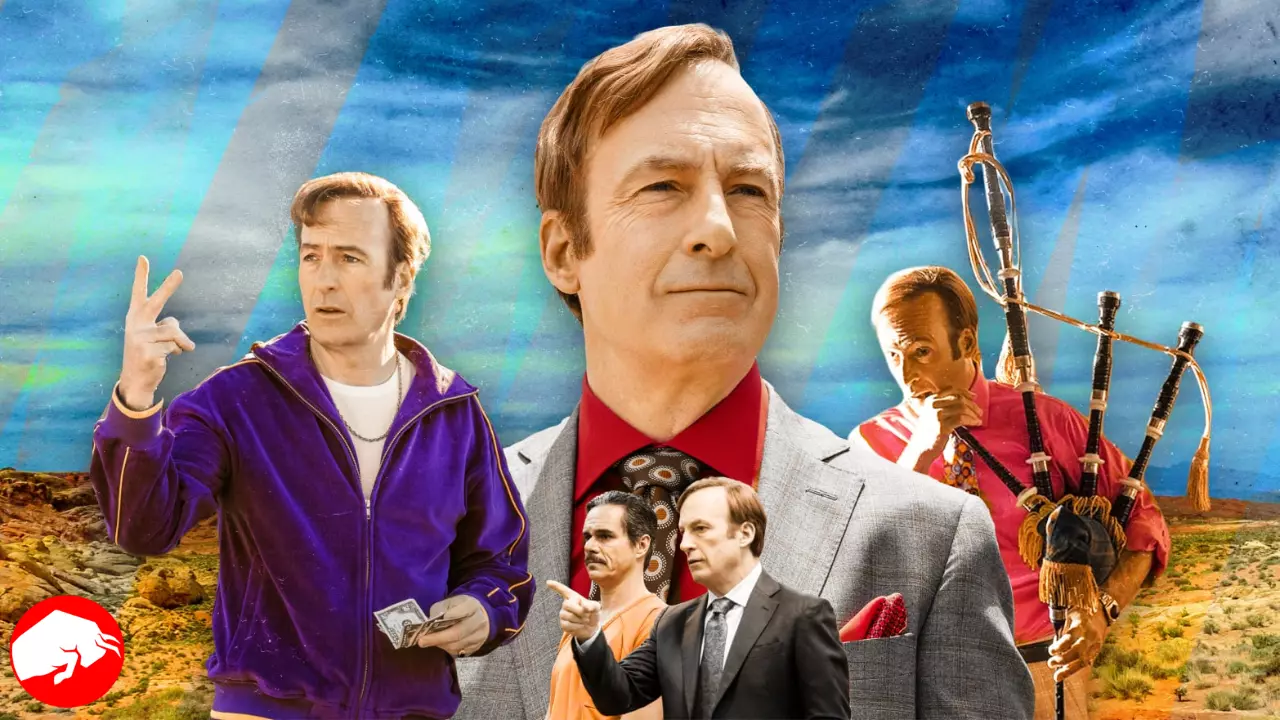When Better Call Saul made its debut, enthusiasts, and fans of Breaking Bad were filled with a whirlwind of emotions, ranging from sheer eagerness to a hint of apprehension. They were faced with questions that tugged at their heartstrings: Would this new prequel stand tall in the shadow of the monumental success and widespread acclaim that Breaking Bad enjoyed? Could it deliver a narrative that would keep the audience hooked just as its predecessor? The answers came swiftly and resoundingly.
To the collective joy of the viewers and critics alike, Better Call Saul didn’t just live up to the towering expectations but often exceeded them. It meticulously unfurled an intricate and compelling backstory of Saul Goodman, who, in Breaking Bad, was always shrouded in a cloak of enigma. In this comprehensive analysis, we will journey through each season of Better Call Saul, providing a definitive ranking and elaborating on the distinctive attributes that set each one apart.
6. Season 2 (2016)
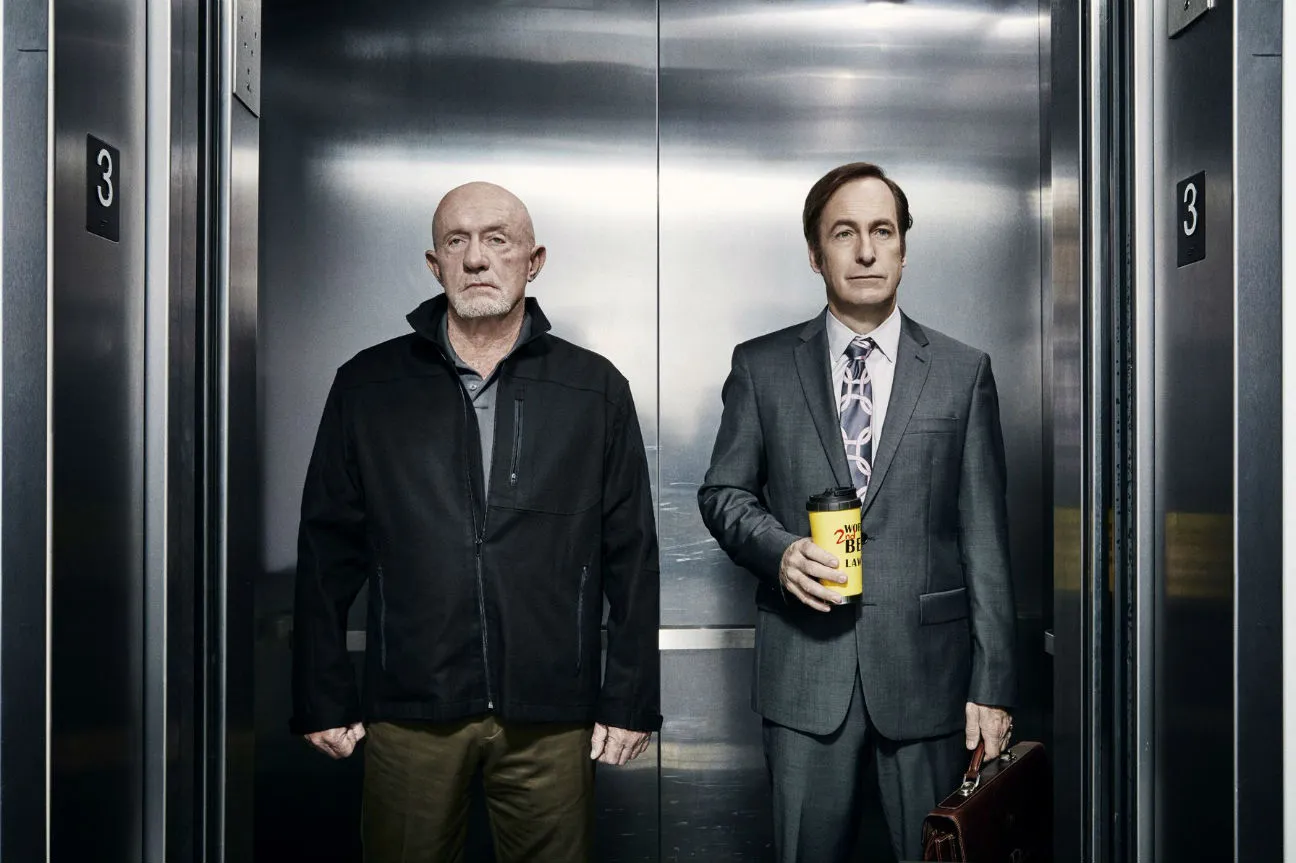
Season 2 has often been viewed by fans and critics alike as the pivotal point where the series truly began discovering its voice and direction. While Season 1 leaned heavily into its dark comedic elements, providing audiences with shock and laughter, and the subsequent seasons delved deep into heart-wrenching drama, Season 2 sits uniquely in the middle, forging its path. This season may not have the distinct tone of its predecessors or successors, but it is undeniably crucial in the grand narrative arc.
It meticulously lays the groundwork for developing the increasingly strained and complicated relationship between the McGill brothers and setting the stage for Mike’s deeper entanglement with the menacing world of the Mexican drug cartels. By doing so, Season 2 establishes itself not merely as a transitional phase but as an essential chapter that shapes the destiny of its central characters and the overarching story.
5. Season 1 (2015)
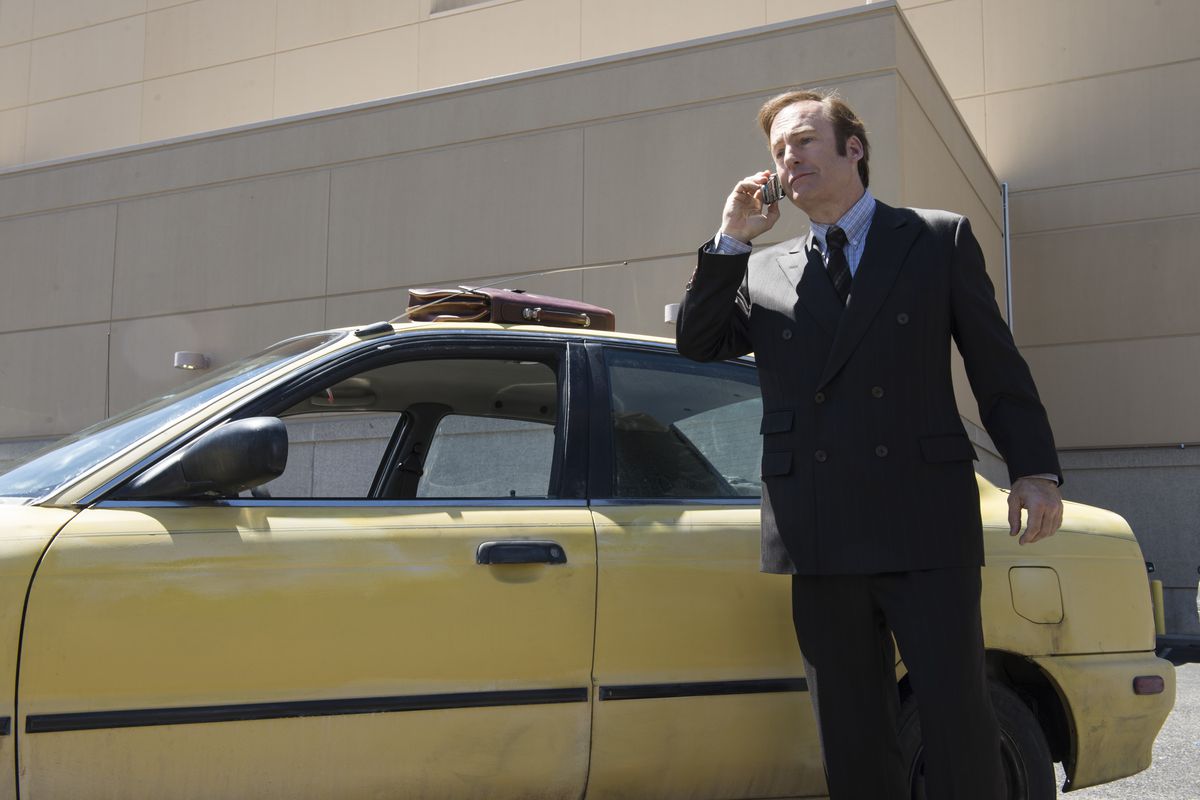
The show’s debut season exuded a unique and captivating allure, showcasing well-known characters in contexts and scenarios that were quite foreign to fans. We saw Jimmy, not yet the cynical and world-weary lawyer we’d come to recognize, but rather as a more innocent, idealistic, and somewhat gullible legal professional trying to find his place in the challenging world of law. Equally intriguing was Mike, who, instead of the cool and calculated fixer we associate him with, appeared in a much more subdued and modest position.
These characters’ gradual transformation and evolution, leading them closer to the personas we were familiar with in Breaking Bad, created an air of suspense and anticipation that kept viewers eagerly awaiting each subsequent episode. This provided not only a fresh perspective on their individual journeys but also an insight into the circumstances and choices that shaped them into the iconic characters they would eventually become.
4. Season 4 (2018)
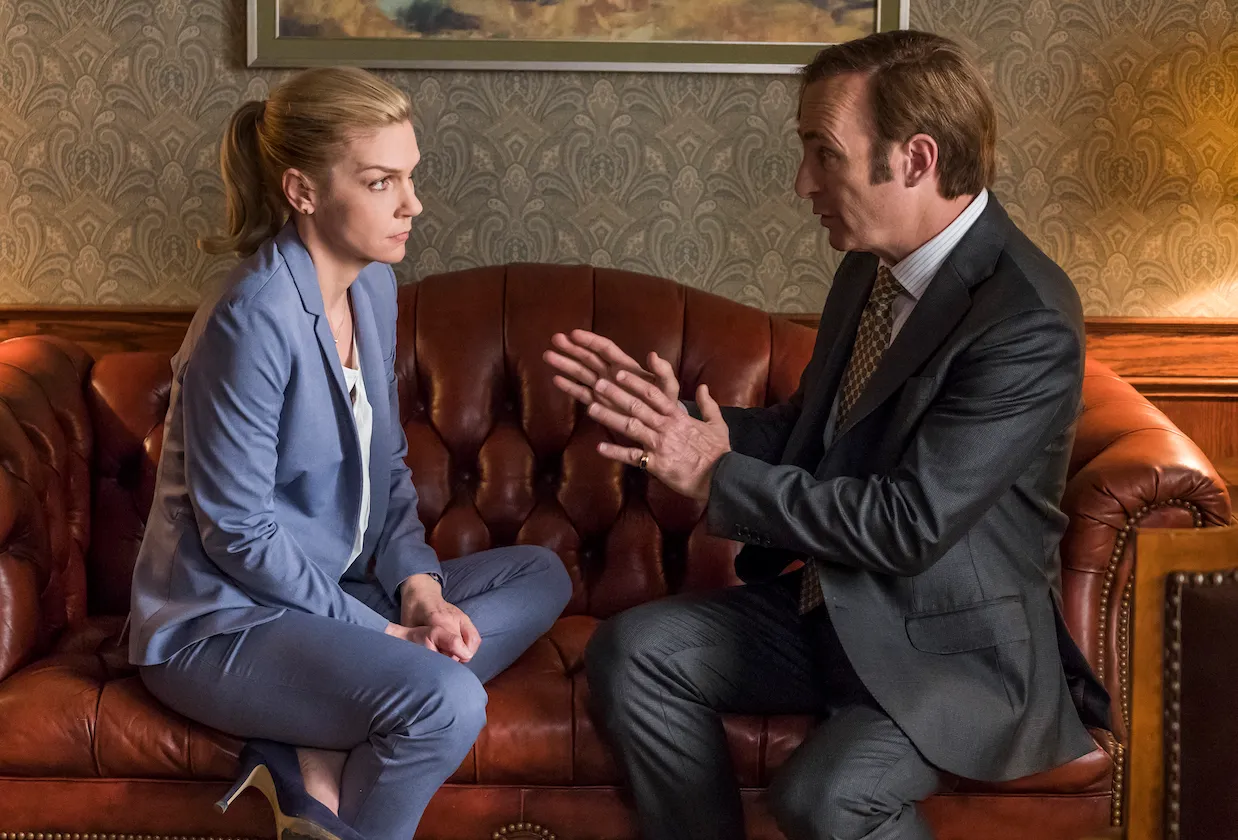
Transitioning from the previous seasons and serving as a foundational pillar for the series, Season 4 of Better Call Saul undoubtedly played a pivotal role in setting the tone and direction for the storyline. While there were instances when the pace seemed to decelerate, it was all part of the intricate design, ensuring that the audience got a comprehensive understanding of character evolutions and plot intricacies. One cannot ignore the profound impact of moments such as Jimmy’s transformation, where he assumes the identity of “Saul Goodman.”
This wasn’t just a mere name change; it symbolized a shift in his persona, marking a more decisive move away from the well-meaning lawyer to the morally flexible character we eventually see in Breaking Bad.
Moreover, the meticulous detailing around the construction of Gus Fring’s meth lab wasn’t just a backdrop scene. It was a foreshadowing of the impending dominance of a drug empire, showcasing significant narrative development. These crucial plot points and character transformations were instrumental in shaping the climactic end of Better Call Saul and seamlessly bridging the gap to the explosive events we witness in its successor, Breaking Bad. The season, in its entirety, was a masterclass in storytelling, subtly laying the groundwork for monumental moments in television history.
3. Season 3 (2017)
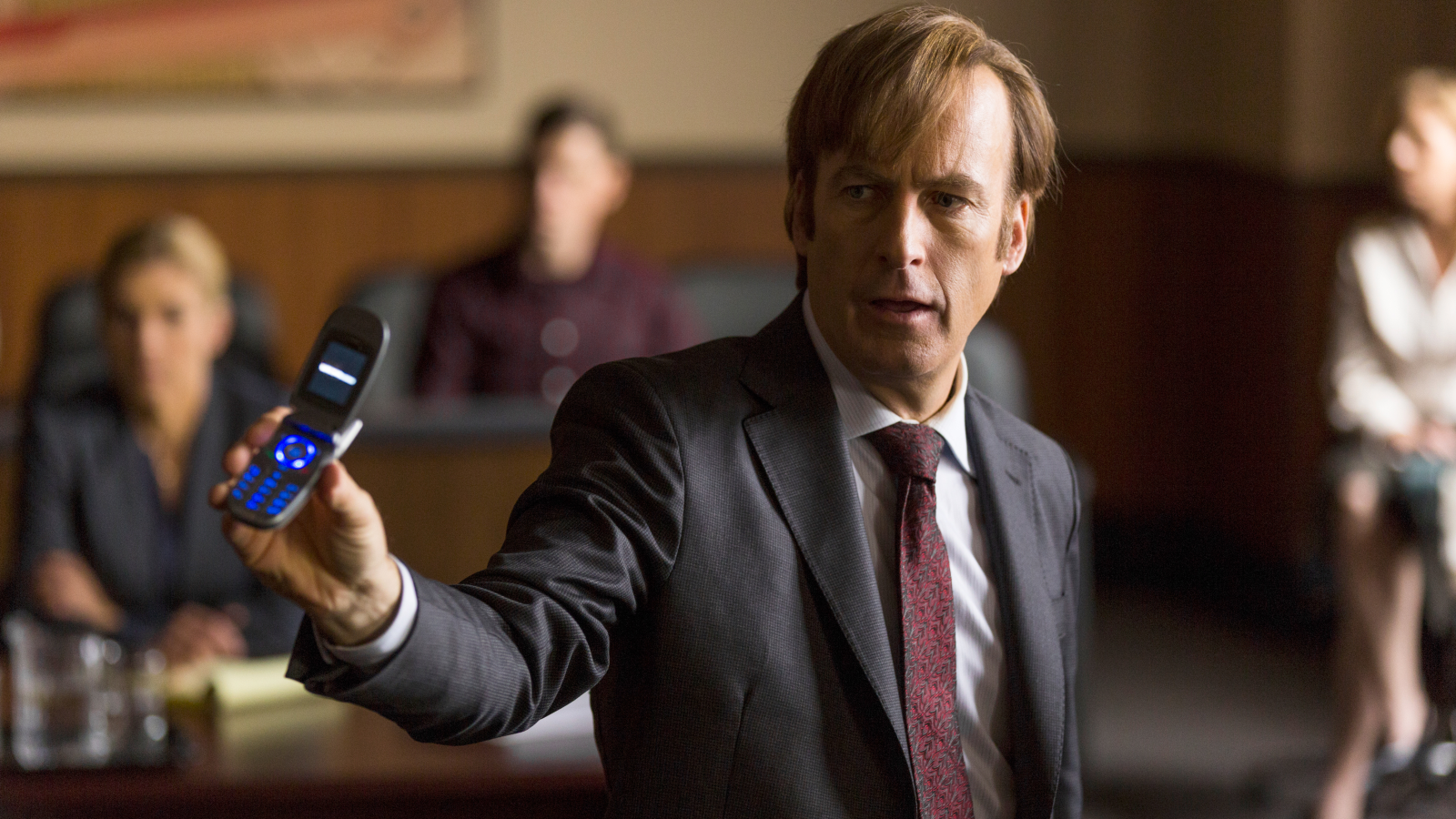
By the time the third season rolled around, the series had not only found its footing but had confidently carved out a distinctive identity that stood apart from many others in its genre. This season, in particular, showcased some of the most riveting and dramatic moments, both in terms of storytelling and character development. Among these standout moments, the emotional and intense courtroom face-off between the McGill brothers stands out as a monumental turning point. This confrontation, rife with deep-seated animosity and past betrayals, remains etched in the minds of viewers, having left a lasting impact.
This unforgettable clash didn’t just serve as a dramatic high point for the season but also played a crucial role in setting the tone and direction for the series. The culmination of past tensions, unresolved issues, and the profound consequences that ensued not only reshaped the dynamics of the characters involved but also laid the groundwork for the intricacies and evolutions of the storylines in the subsequent seasons.
2. Season 5 (2020)
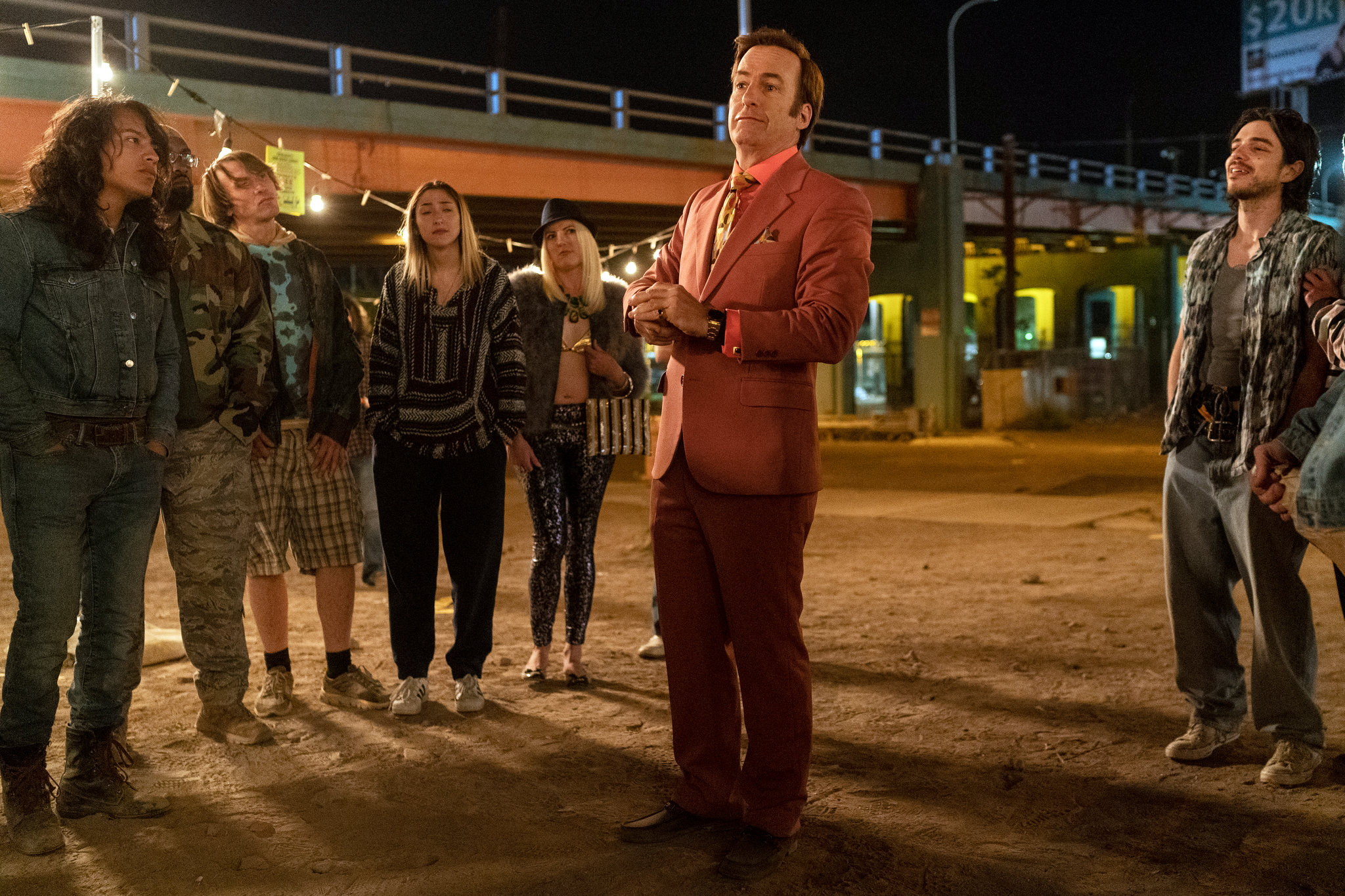
The penultimate season truly stood as a testament to the show’s prowess, rivaling the raw intensity and narrative brilliance of iconic series like Breaking Bad. This season saw Jimmy McGill’s transformational journey, where he further spiraled into morally ambiguous terrains, embracing his alter ego, Saul Goodman, with a fervor that left viewers both intrigued and dismayed. Simultaneously, the intricate web of stories surrounding the Mexican drug cartel took center stage, revealing an even more dangerous and unpredictable world.
With every episode, Season 5 consistently delivered unexpected twists and turns, as alliances shifted and stakes became astronomically high. Whether it was the expertly crafted storyline or the impeccable performances of the cast, this season undoubtedly provided some of the series’ most gripping, edge-of-your-seat moments, cementing its place in television history.
1. Season 6 (2022)
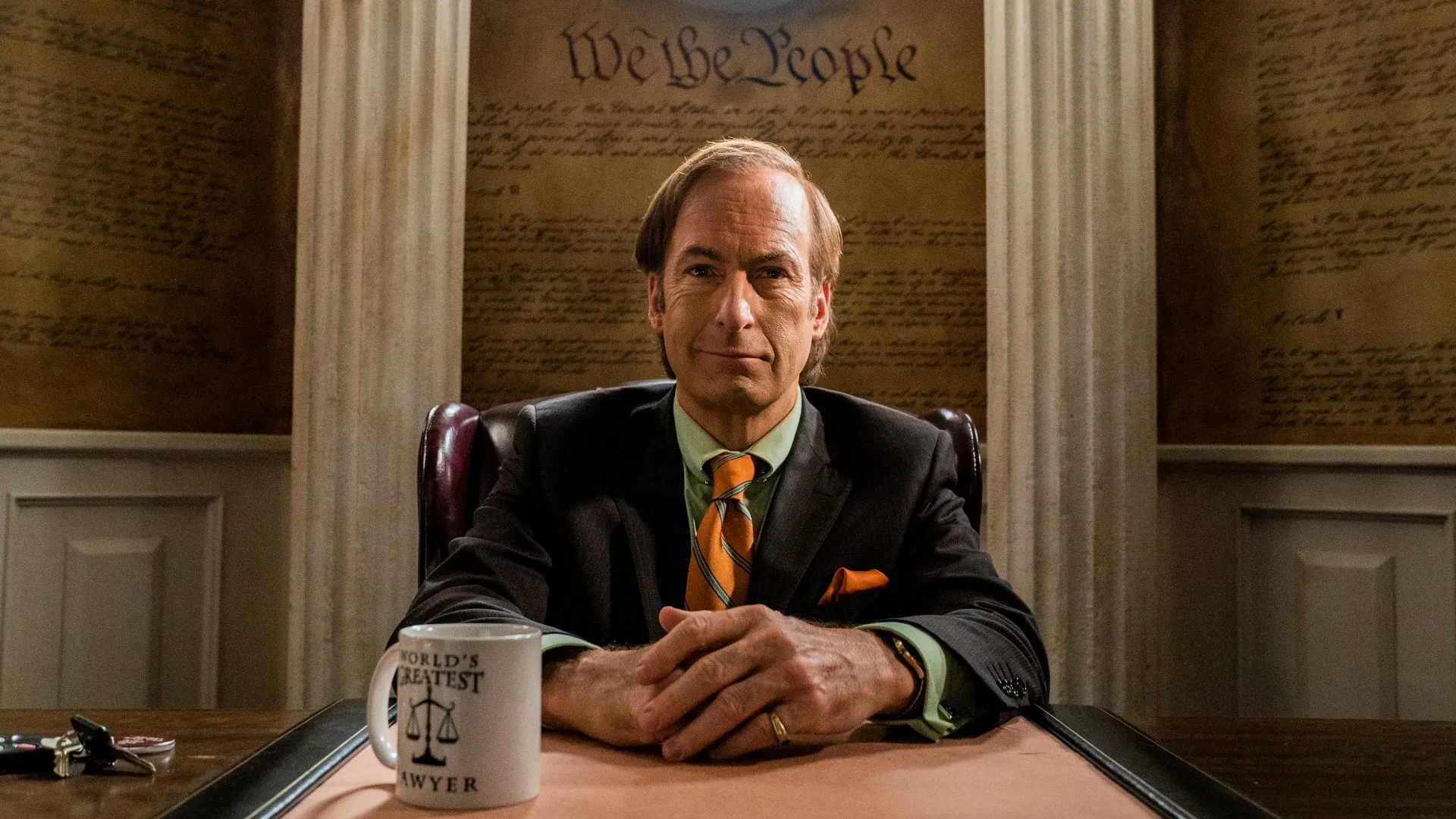
The eagerly anticipated grand finale, Season 6, emerged as the crowning achievement of Better Call Saul, representing the series’ pièce de résistance. As viewers tuned in, they were taken on a whirlwind roller-coaster of raw, intense emotions, punctuated by a sequence of shocking twists that left many on the edge of their seats. Every episode delved deeper into the heart-wrenching character arcs, revealing layers and complexities that had been brewing since the show’s inception.
This climactic season did more than just wrap up the narrative threads of Better Call Saul; it also wove together loose ends from its iconic predecessor, Breaking Bad. This seamless integration between the two series illustrated a masterclass in storytelling, as the writers and creators showcased a level of narrative depth and coherence that is rarely seen on television. The closure it provided was both satisfying and poetic, solidifying its place in the pantheon of great TV dramas.

In the grand scheme of TV series, Better Call Saul holds its ground as a masterful prequel to an iconic show. It’s an exploration of transformation, choices, and the grey areas of morality – all told with wit, grit, and sheer brilliance.


